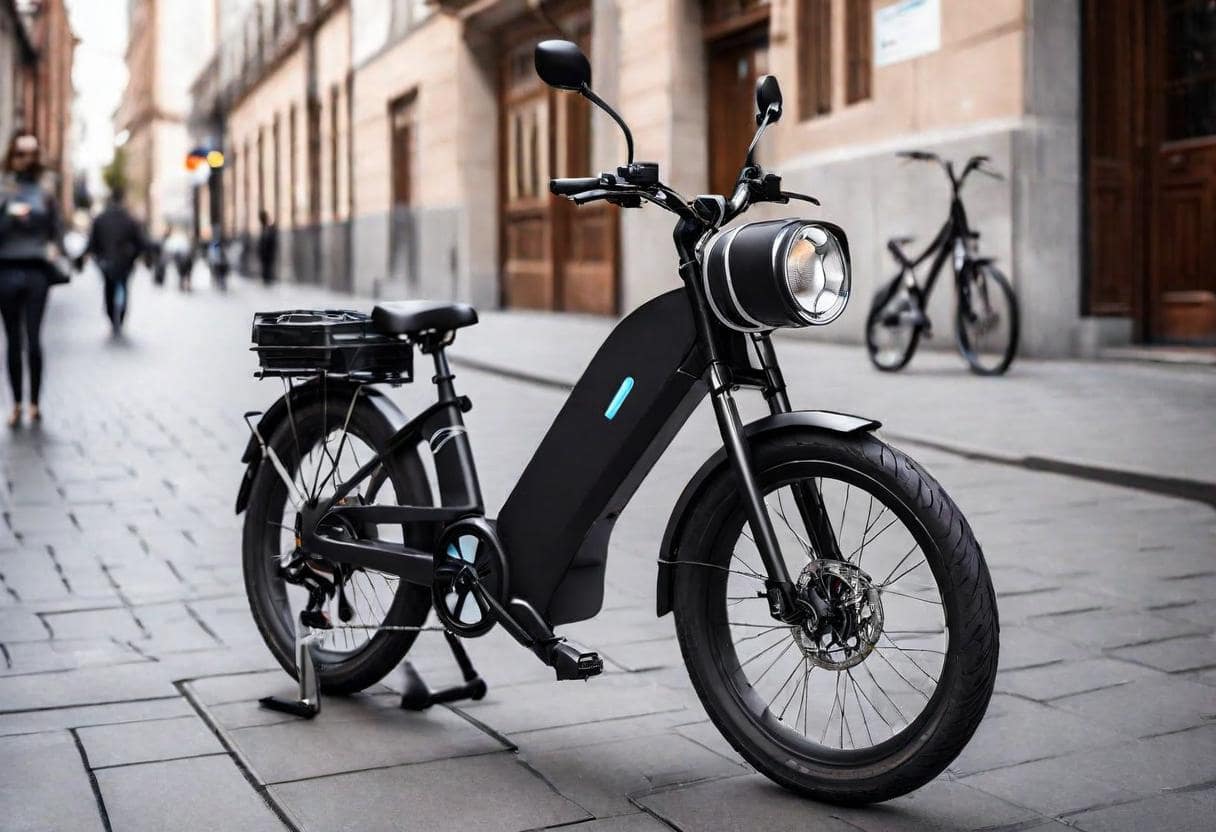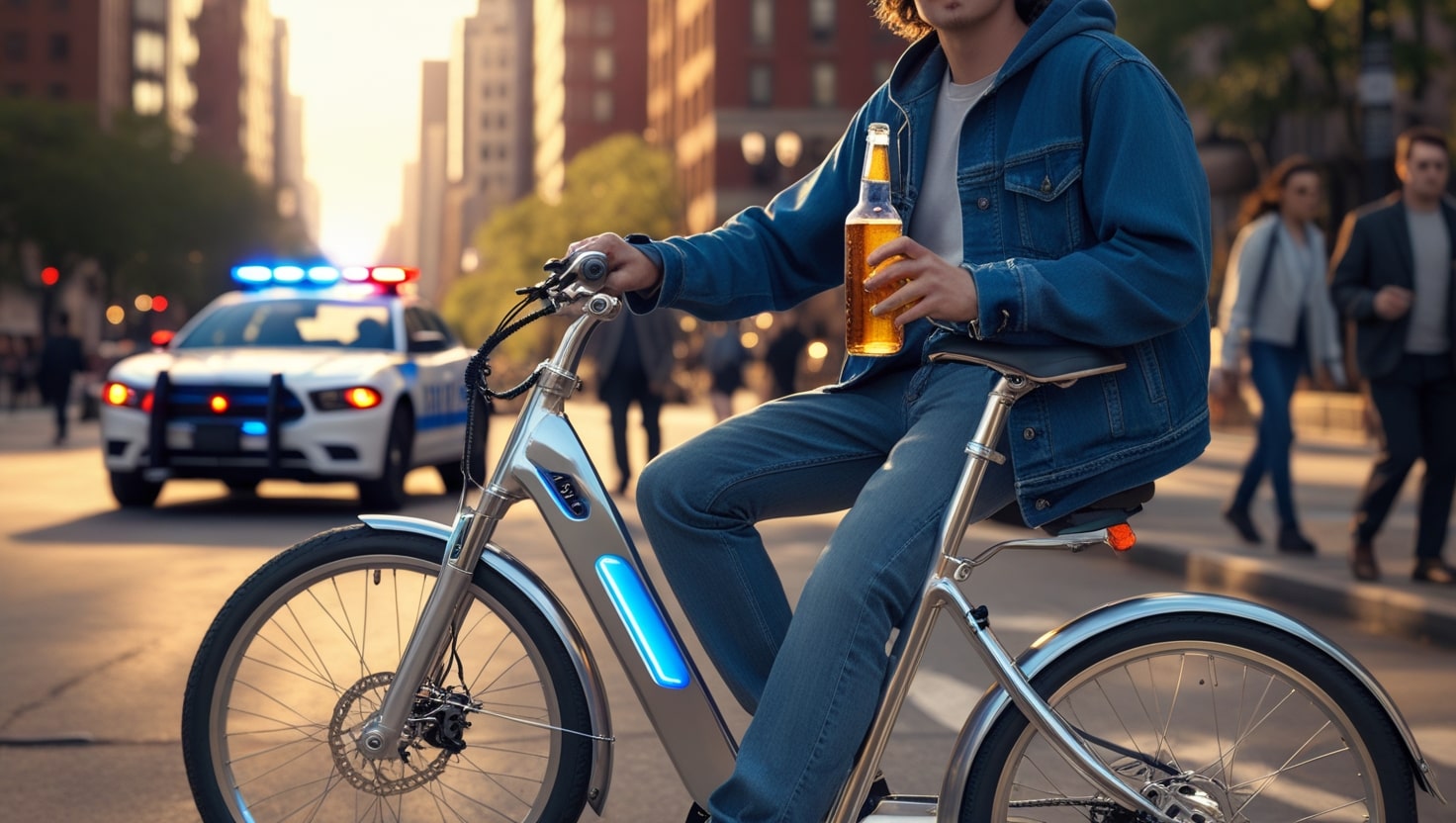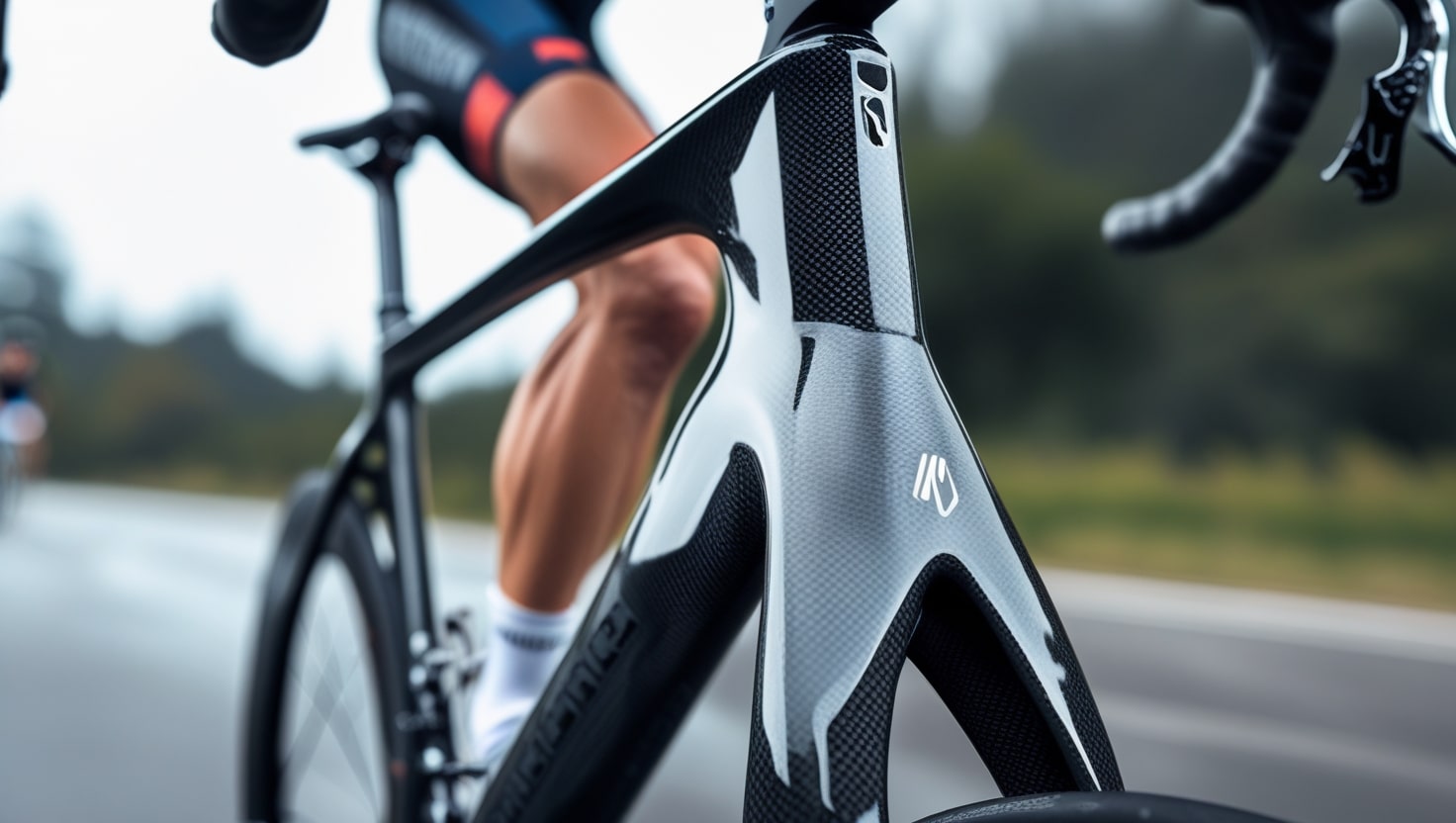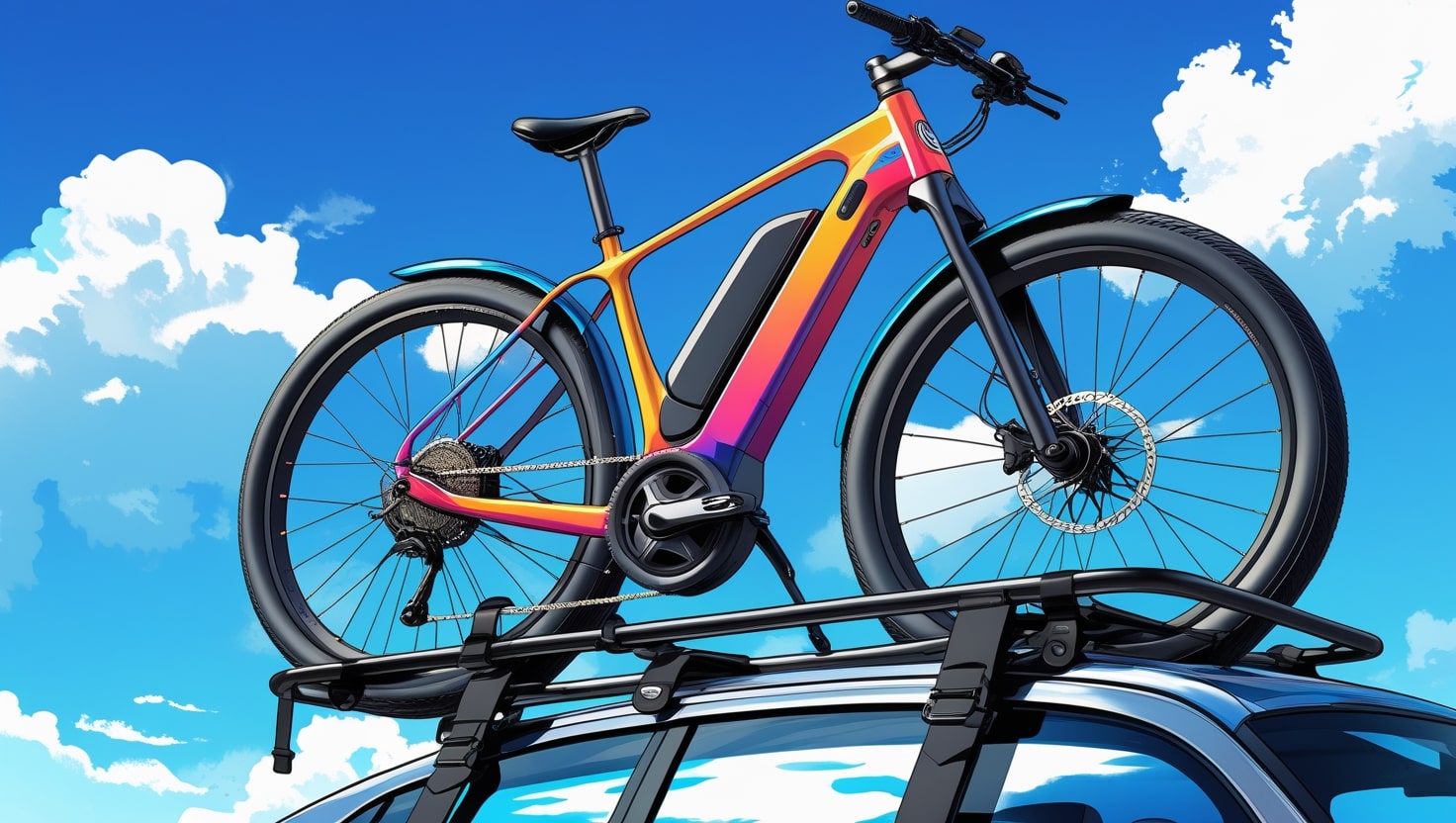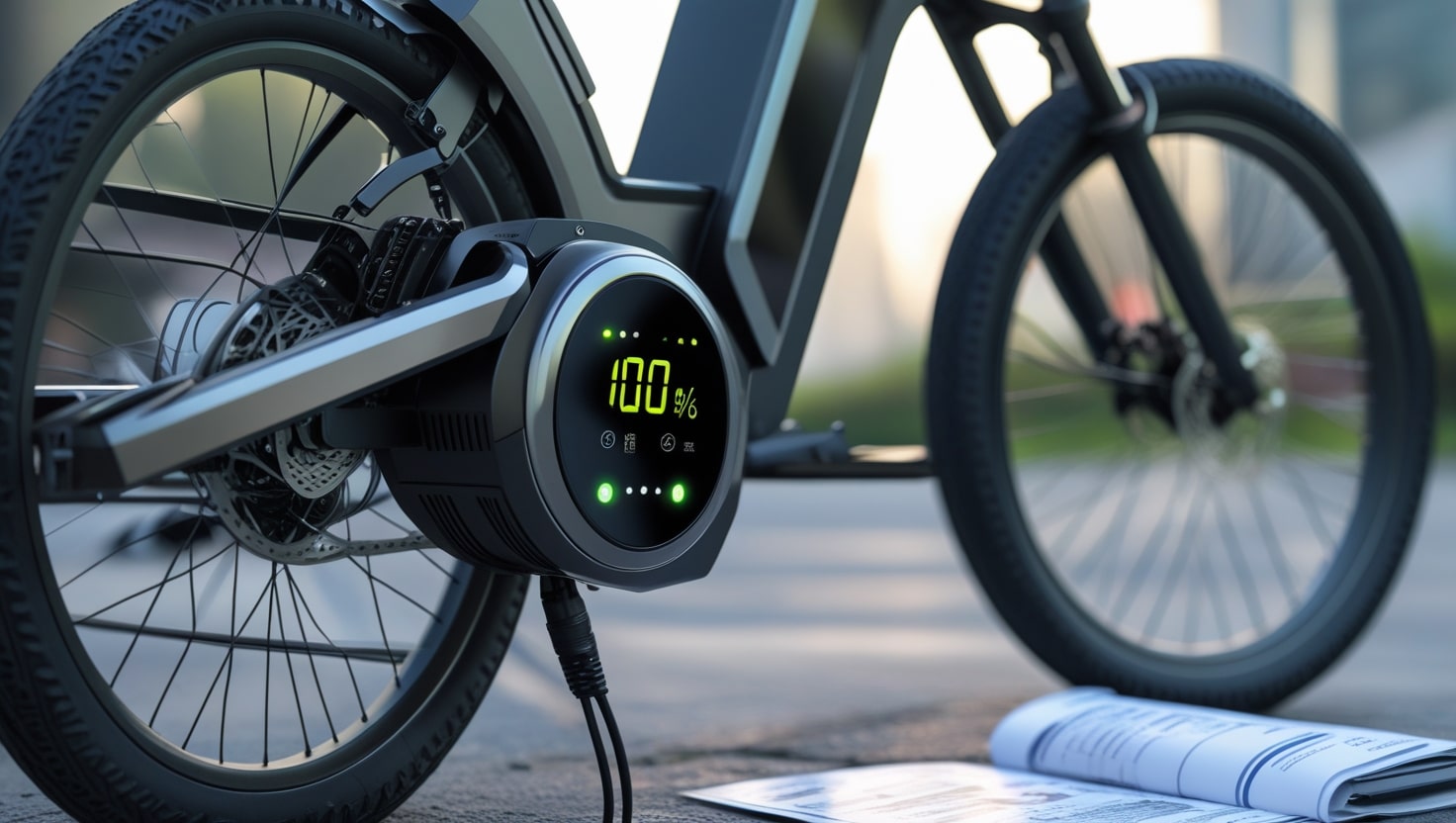When I first got my electric bike, I was excited about the ease of motorized power combined with the familiar pedal-driven experience of traditional bicycles. Using it for commuting, recreation, and even exercise became a part of my daily routine. As more people caught on to the surge in popularity of e-bikes, a common question began to emerge: Do electric bikes need to be registered?
In the lower states of the US, most owners of electric bikes are exempt from insurance requirements and are not obliged to register their bikes. There are a few exceptions, like Idaho, where specific motor vehicles laws apply. The truth is, whether an e-bike needs to be registered can vary by location. The answer isn’t always clear-cut due to the patchwork of state and local regulations. It’s crucial for e-bike riders to navigate these guidelines to understand if their e-bike falls under the same laws as motorbikes or scooters.
To clarify the registration requirements for e-bikes in the United States, it’s important to consider both federal guidelines and the differences between each state. Factors such as the power of the electric motors and intended use, whether for commuting or recreation, play a role in these regulations. While some states treat them like regular bicycles, others have specific laws that may require registration. Understanding these nuances helps e-bike owners stay compliant and enjoy their rides without hassle.
Related: How to Check If a Bike Is Stolen?
Electric Bike 101: E-Bike Definition and Classifications
An e-bike is essentially a bicycle with an electric motor that helps with some of the work, making it easier to climb hills or travel long distances. Many e-bikes come with rechargeable batteries, and the motor kicks in to assist you as you pedal. Some electric bicycles can also be operated using a throttle. In the US, e-bikes are divided into three classes based on how the motor supports the rider and the maximum speed the bike can achieve.
Class 1 e-bikes have a motor that only assists while the rider is pedaling and stops when the bike reaches 20 miles per hour. This gives you an extra boost when needed but ensures you still get a workout as the motor doesn’t overpower the experience. Class 1 e-bikes are typically allowed on most bike paths and trails where regular bikes are permitted.
Class 2 e-bikes offer a throttle-assisted riding experience, providing motor power without the need for pedaling. Similar to Class 1, the motor assistance stops when the bike reaches 20 miles per hour. The throttle feature sets Class 2 apart, and while some trails and paths that allow Class 1 e-bikes may restrict or prohibit Class 2 models.
Class 3 e-bikes are the most powerful of the three classes, offering assistance up to 28 miles per hour while you pedal. They often include a speedometer and are designed for faster commuting on roads. Due to their higher maximum speed, they are subject to more restrictions and are often prohibited from certain bike paths and trails. In many places, riders must be at least 16 years old and wear a helmet when using a Class 3 e-bike.
These separate classes establish guidelines for the use of e-bikes, determine where they are allowed to be ridden, and clarify legal obligations, such as registration requirements.
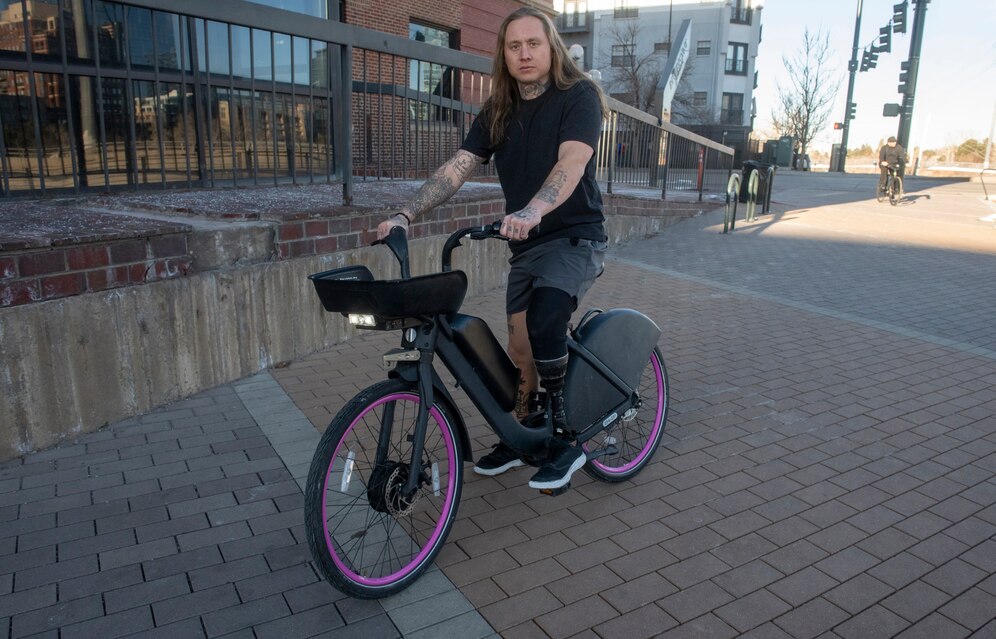
Federal E-Bike Regulation Overview
The Consumer Product Safety Commission (CPSC) oversees electric bicycles at the federal level in the United States. According to the CPSC, an e-bike is defined as a bicycle with pedals and an electric motor of less than 750 watts, which includes all three e-bike classes.
According to this federal definition, e-bikes are considered consumer products, not motor vehicles. This means they are not subject to the same registration, licensing, and helmet requirements that motorcycles and other motor vehicles face.
Despite this federal perspective, the CPSC’s designation does not override state and local laws. While it provides a broad framework, each state is responsible for establishing specific rules and regulations about e-bike use within its borders.
Therefore, the CPSC’s definition serves as a starting point for understanding e-bike regulations but is not the final word on how an e-bike is classified for registration purposes.
It’s important to understand your state’s laws, as they will determine your e-bike’s registration, licensing, and other requirements. This variation means that while the CPSC offers a general guideline, the actual regulations you must follow depend on where you live.
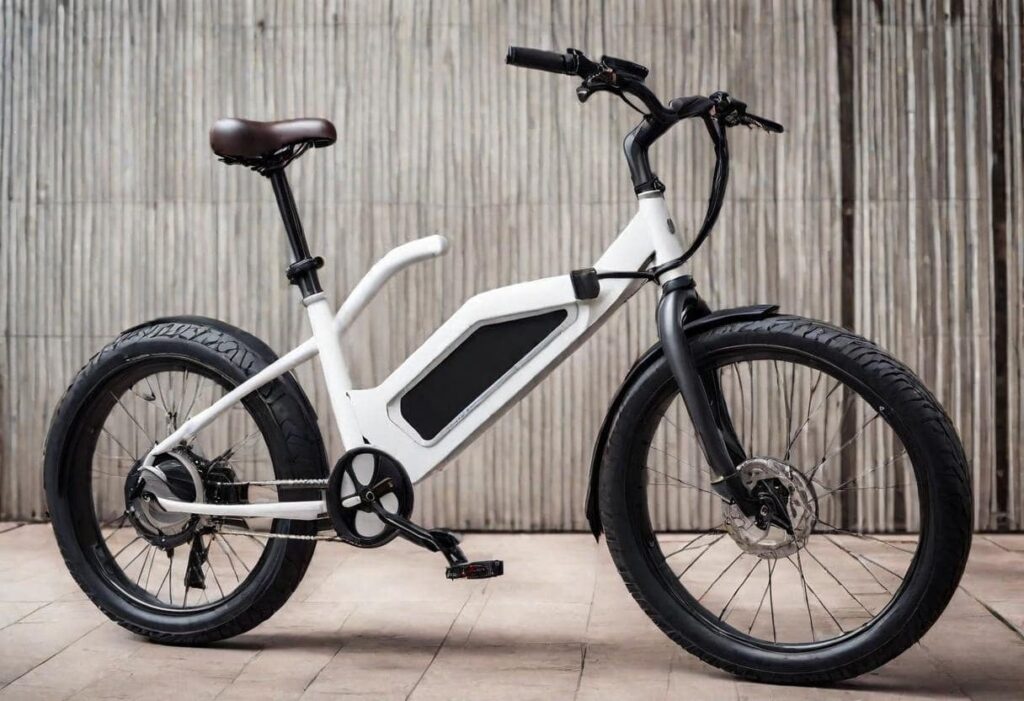
State-Level E-Bike Regulations
Each state sets its electric bike regulations, which can include registration, insurance, and the need for a valid driver’s license. For example, some states treat Class 3 e-bikes like mopeds, requiring them to be registered and insured and for the rider to have a valid driver’s license.
Other states might have no requirements for any class of e-bike, treating them much the same as traditional pedal bikes.
Additionally, age restrictions, helmet laws, and where an e-bike can be legally ridden—on roads, bike lanes, or trails—can all differ based on the state. Some states may also have specific restrictions on e-bike use in certain areas, such as state parks or pedestrian zones, and the e-bike class may affect those rules.
Below is a table that explains the e-bike registration requirements for several states.
| State | Class 1 Regulations | Class 2 Regulations | Class 3 Regulations |
|---|---|---|---|
| California | No registration required | No registration required | No registration required |
| New York | No registration required | No registration required | Registration is required by NYC |
| Alabama | Registration required | Registration required | Registration required |
| Texas | No registration required | No registration required | No registration required, minimum age restriction |
| Florida | No registration required | No registration required | No registration, minimum age restriction applies |
| Washington | No registration required | No registration required | No registration required, minimum age restriction |
| Oregon | No registration required | No registration required | A helmet, minimum age restriction applies |
| Illinois | No registration required | No registration required | No registration required |
In California, e-bikes are not required to be registered or insured, and riders are not required to have a driver’s license. However, for Class 3 e-bikes, riders must be at least 16 years old and are required to wear helmets. New York categorizes e-bikes into three classes and has specific rules for each. Class 3 e-bikes can only be ridden in cities with populations of one million or more and must be registered.
In Alabama, e-bikes are considered motor vehicles, requiring registration, insurance, and a rider’s license. Across the U.S., there is a wide spectrum of regulations. If you own or are purchasing an e-bike, it’s crucial to check with your local departments of motor vehicles (DMV), bicycle shops, or other local authorities for the most current and applicable e-bike laws.
For more specific information on e-bike regulations in your state, you can also contact the Chicebike team. They can provide detailed guidance to ensure you comply with all local requirements.
Related: Are Mini Bikes Street Legal

Factors Influencing E-Bike Registration Requirements
E-Bike Class
Class 3 e-bikes face stringent regulations due to their higher speeds, which include age restrictions, helmet requirements, and registration. In contrast, Classes 1 and 2 are treated more leniently, though this varies by state.
Speed and Power
The top speed an e-bike can achieve and its motor power, measured in watts, can influence whether it needs registration. Powerful motors that let e-bikes go faster might require registration because they pose risks to the rider and others on the road.
Local Traffic Laws
In many cities and counties, rules about e-bike registration vary. A city might require registration of all motorized vehicles on public roads, including e-bikes. These local laws can differ widely, so it’s essential to know the specific requirements in your area.
Use of Public Infrastructure
If you plan to use your e-bike on public roads, bike lanes, or offroad trails, you need to follow the rules for those areas. In some areas e-bikes may need to be registered if they are used in shared spaces with cars and motorcycles.
Be aware of local regulations by checking government resources or consulting with local authorities to avoid penalties for non-compliance.
How to Register Your Ebike?
If your state or local area requires electric bike registration, or if you choose to voluntarily register your e-bike for added security and benefits, follow these steps:
Check Local Requirements
First, visit your state’s Department of Motor Vehicles (DMV) or its local equivalent to check the specific requirements for electric bike registration. Each state and locality might have different rules, so it’s essential to know if you need to register your e-bike for added security and benefits.
Gather Required Documents
Next, gather all the required documents. This includes proof of ownership like a sales receipt or bill of sale that shows you as the bike’s owner. You will also need manufacturer information, including the make, model, and serial number of your ebike, as well as personal identification such as a driver’s license or other government-issued ID.
Complete Registration Forms
Then, complete the registration forms available from your local DMV or their website. Make sure to fill them out with accurate information and ensure all details match your supporting documents.
Submit the Application
After that, submit your application at the DMV office or online if that option is available. Be ready to pay any registration fees that apply.
Receive Your Registration Documentation
Once your application is approved, you will receive your registration documentation. This usually includes a registration card and possibly a decal or license plate to attach to your e-bike. Be sure to display the plate or decal according to your state’s regulations.
Renewal and Updates
Lastly, keep track of the expiration date on your registration and set a reminder for renewal. If you sell or transfer your ebike, make sure to update the registration information accordingly.
What Are the Benefits of Registering an Electric Bike?
While not all states mandate electric bike registration, there are significant benefits to voluntarily registering your e-bike, even if it’s not required. Here are some key benefits:
Legal Compliance and Peace of Mind
If your state or local area mandates registration, following the rules can help you avoid fines and legal problems.
Theft Protection and Recovery
Having registration records creates an official link to your ownership, making it easier to prove if your bike is stolen. This registration information assists law enforcement in recovering and returning your bike.
Insurance Eligibility
Many insurance companies offer coverage for registered electric bikes, including theft, damage, and liability protection. Registration is often a prerequisite for getting specialized e-bike insurance.
Support for Ebike Infrastructure
Registration data helps local governments understand e-bike usage patterns. This can support advocacy for better e-bike infrastructure, such as improved bike lanes, parking facilities, and traffic regulations, based on accurate e-bike registration statistics.
FAQs
Can I ride an electric bike without a license?
In most areas, you can ride an electric bike without a license if it complies with local e-bike regulations, such as speed limits and motor power. However, some states may have specific licensing requirements, so it is advisable to check your local laws.
Can I purchase insurance for an electric bike that hasn’t been registered?
Yes, you can get insurance for an electric bike that is not registered. Many insurance companies offer policies that cover theft, damage, and liability without the need for registration. It is important to check with individual insurers for their specific needs and coverage options.

